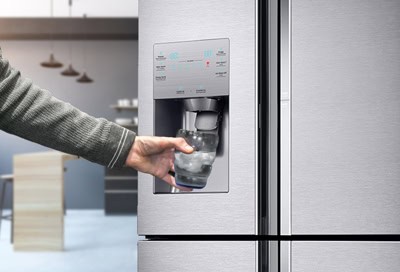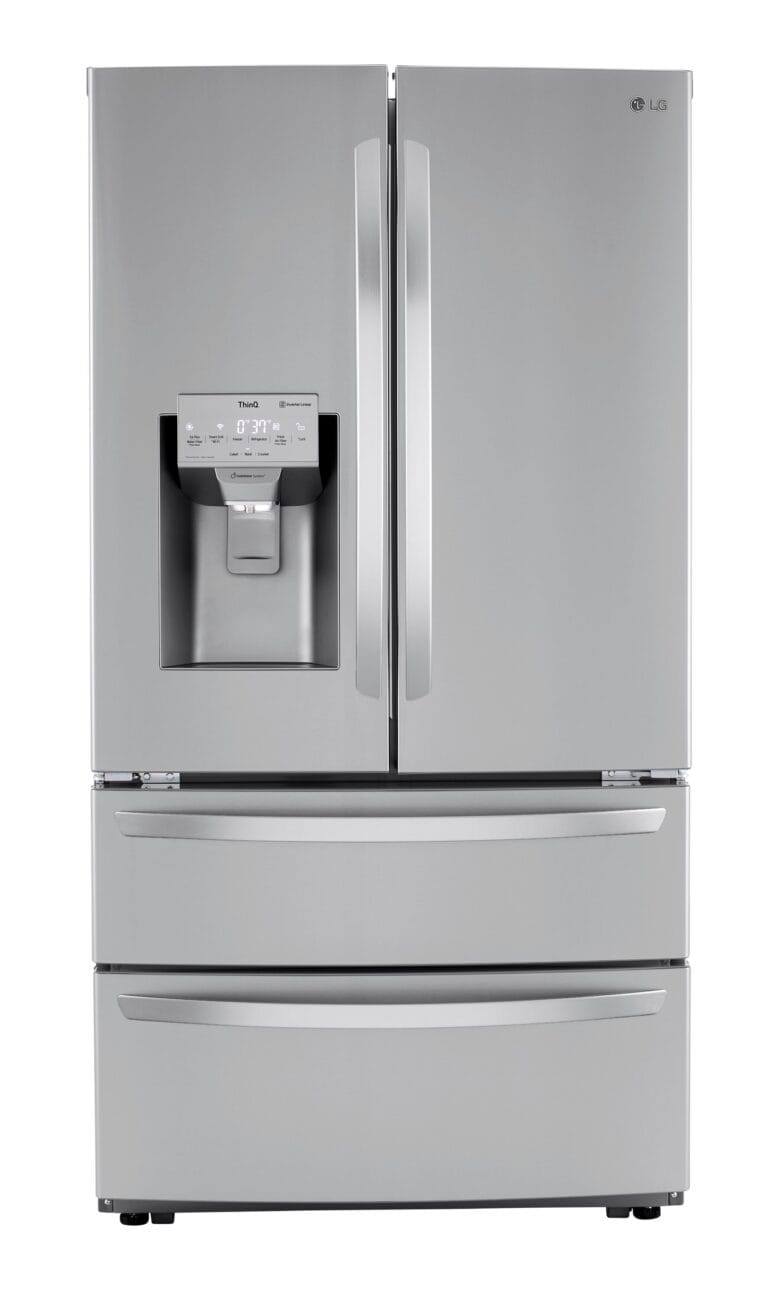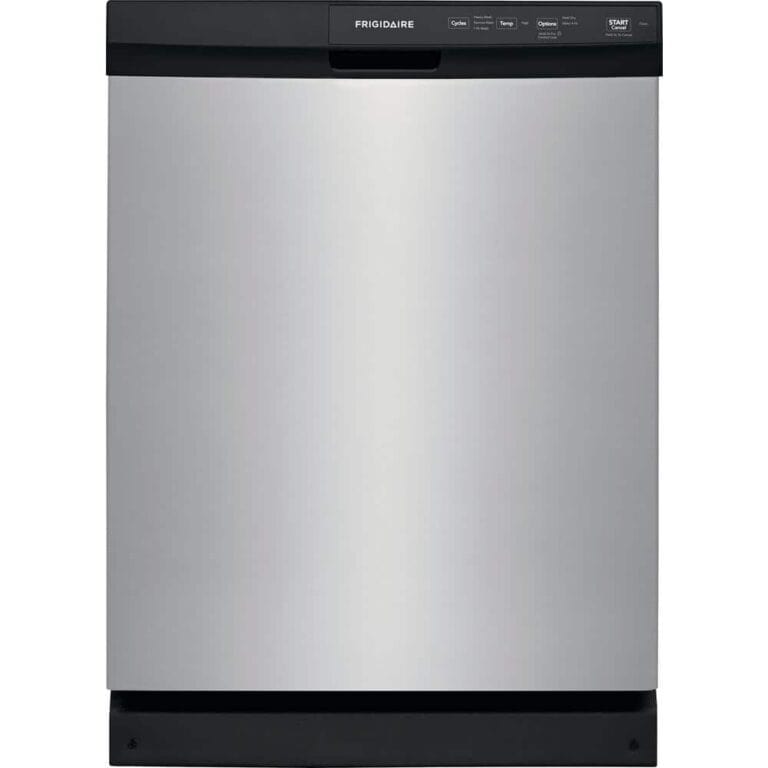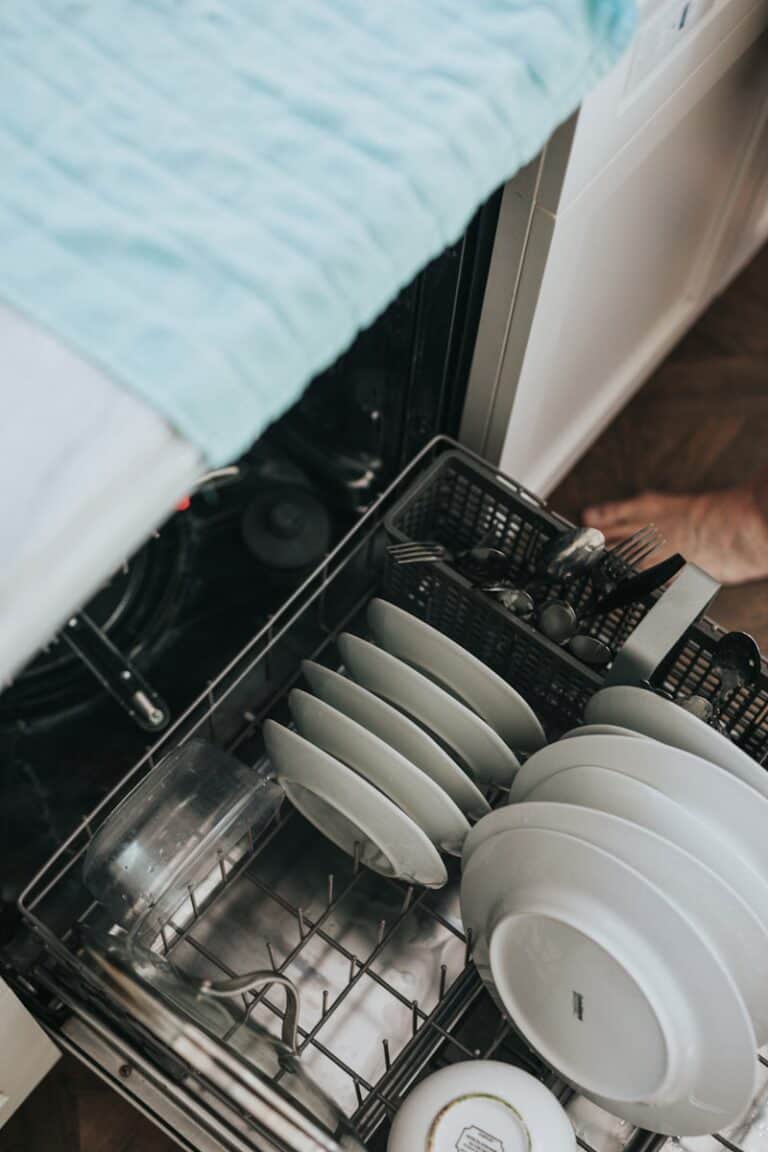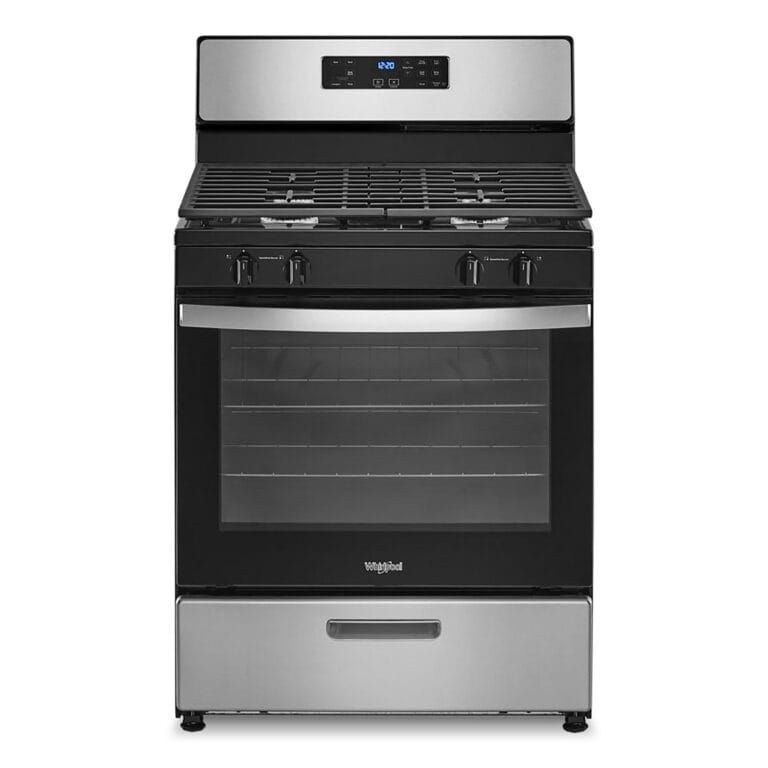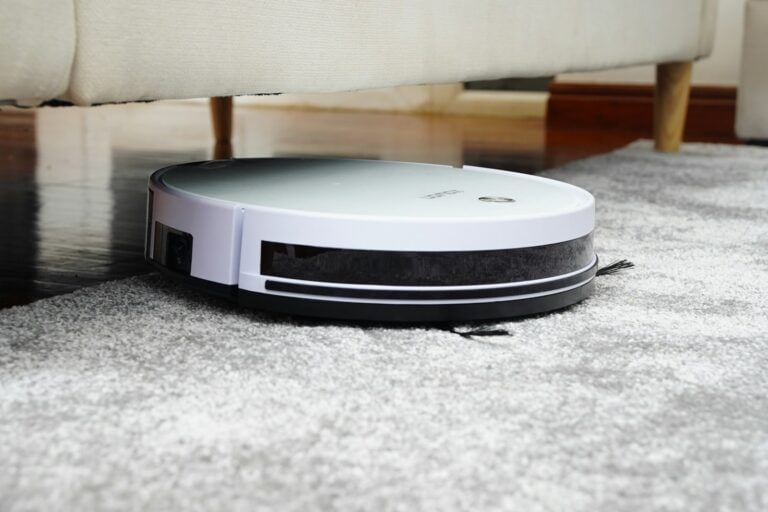
LG dishwashers are known for their reliability, but like any appliance, they can sometimes face issues. The LG LDFN3432T model is no exception. When problems arise, knowing how to troubleshoot can save you time and money. Many common LG LDFN3432T dishwasher issues can be fixed at home without calling a repair service.
Troubleshooting your LG LDFN3432T dishwasher starts with identifying the problem. Is it not starting? Not cleaning dishes properly? Or maybe it’s making strange noises? Each symptom points to different potential causes and solutions. The LG support website offers helpful resources, including user manuals and troubleshooting guides.
Error codes can be your best friend when diagnosing dishwasher problems. LG has programmed the LDFN3432T to display specific codes for various issues. These codes help pinpoint the exact problem, making it easier to find the right fix. The LG error code list is a valuable tool for decoding these messages.
| Common Issues | Possible Causes | Quick Fixes |
|---|---|---|
| Not starting | Power supply | Check outlet |
| Poor cleaning | Clogged spray arms | Clean arms |
| Leaking | Loose connections | Tighten hoses |
| Noisy | Foreign objects | Remove debris |
Understanding LDFN3432T Operations
The LG LDFN3432T dishwasher offers efficient cleaning with user-friendly controls. Its components work together to provide thorough dish washing while the control panel allows easy cycle selection.
Common Issues and Quick Fixes for the LG LDFN3432T Dishwasher
The LG LDFN3432T dishwasher is renowned for its efficiency and advanced features. However, like any appliance, it may encounter issues over time. Below, we delve into common problems users face and provide practical solutions to keep your dishwasher running smoothly.
Dishwasher Won’t Start
When your LG LDFN3432T refuses to start, consider the following troubleshooting steps:
Power Supply Verification
- Ensure the dishwasher is securely plugged into a functioning outlet.
- Check your home’s circuit breaker to confirm it hasn’t tripped.
- Test the outlet with another device to verify power availability.
Door Latch Inspection
The dishwasher is designed not to operate if the door isn’t properly latched. Examine the door latch for any obstructions or damage, ensuring it closes securely.
Child Lock Feature
If the control panel is unresponsive, the child lock feature might be activated. To deactivate it:
- Press and hold the designated child lock button (often labeled “Control Lock” or similar) for 3 seconds.
- Wait for the indicator light to turn off, signaling deactivation.
Resetting the Dishwasher
Performing a reset can resolve minor glitches:
- Turn off the dishwasher using the power button.
- Disconnect the power by unplugging the unit or turning off the circuit breaker.
- Wait approximately 10 minutes before restoring power.
- Turn the dishwasher back on and initiate a wash cycle to test functionality.
Dishwasher Not Draining
If water remains pooled at the bottom after a cycle, consider these steps:
Filter and Drain Hose Maintenance
- Remove and clean the filter located at the bottom of the dishwasher to eliminate food debris.
- Inspect the drain hose for kinks or blockages, ensuring it’s properly connected and free from obstructions.
Garbage Disposal Connection
For dishwashers connected to a garbage disposal:
- Ensure the knockout plug in the disposal’s inlet is removed.
- Verify that the drain hose is securely attached and free from debris.
Drain Pump Assessment
A malfunctioning drain pump can impede water removal. If cleaning the filter and hose doesn’t resolve the issue, the drain pump may require professional evaluation and potential replacement.
Leaking Issues
Leaks can stem from various sources. Address them as follows:
Door Gasket Examination
- Inspect the door gasket for signs of wear, cracks, or damage.
- Clean the gasket with a mild detergent to remove debris and ensure a tight seal.
- If damage is evident, replace the gasket to prevent water from escaping.
Hose and Connection Checks
- Examine all hoses and connections for looseness or deterioration.
- Tighten any loose fittings and replace compromised hoses to maintain a watertight system.
Detergent Usage
Using inappropriate detergents can lead to excessive suds and leaks. Always opt for detergents specifically formulated for automatic dishwashers and adhere to the recommended amounts.
Error Codes and Their Meanings
The LG LDFN3432T displays error codes to indicate specific issues. Understanding these codes can aid in prompt troubleshooting:
- IE: Indicates a water inlet problem. Ensure the water supply valve is fully open and the inlet hose isn’t kinked.
- OE: Signifies a drainage issue. Check for clogs in the filter, drain hose, or garbage disposal connection.
- FE: Points to a fill error, suggesting the dishwasher is overfilling. This may require professional assessment.
- LE: Relates to a motor error. Resetting the dishwasher might help, but persistent issues may need expert attention.
Control Panel Malfunctions
Users have reported instances where the control panel becomes unresponsive or displays erratic behavior. This can result from moisture infiltration or loose connections.
Addressing Moisture Issues
- Turn off and unplug the dishwasher.
- Remove the control panel cover to access the circuit board.
- Allow the area to dry completely, using a fan if necessary, to eliminate moisture.
- Once dry, reassemble the panel and restore power to test functionality.
Securing Connections
- With the dishwasher unplugged, disconnect and reconnect the wiring harnesses to ensure firm connections.
- Inspect for any signs of corrosion or damage on the connectors.
Maintenance Tips for Optimal Performance
Regular maintenance can prevent many common issues:
- Routine Cleaning: Periodically clean the interior, spray arms, and filters to prevent buildup and ensure efficient operation.
- Proper Loading: Avoid overloading the dishwasher, ensuring that water can circulate freely around all items.
- Use of Rinse Aid: Employing a rinse aid can enhance drying performance and reduce water spots on dishes.
By proactively addressing these common issues and adhering to regular maintenance practices, you can extend the lifespan and efficiency of your LG LDFN3432T dishwasher, ensuring it continues to meet your household needs effectively.
Components and Functions
The LG dishwasher features several key components:
- Upper and lower spray arms: Distribute water evenly
- Filters: Trap food particles and debris
- Detergent and rinse aid dispensers: Release cleaning agents
- Heating element: Warms water and assists drying
- Racks: Hold dishes securely during washing
The dishwasher uses these parts to clean dishes through stages:
- Pre-wash
- Main wash
- Rinse
- Dry
Water is heated and circulated by the pump. Detergent is released to break down food residue. The filters catch debris as water recirculates. After final rinsing, the heating element activates to dry dishes.
Installation and Initial Setup Procedures
Proper installation ensures optimal dishwasher performance:
- Level the unit using adjustable feet
- Connect water supply and drain hoses
- Plug into a grounded outlet
Before first use:
- Remove all packaging materials
- Check spray arms rotate freely
- Add rinse aid to dispenser
- Run an empty cycle to clean interior
Adjust settings like water hardness and rinse aid level. This customizes operation for your water type and preferences.
Control Panel and Wash Cycle Options
The control panel offers multiple wash cycles and options:
| Cycle | Best For | Duration |
|---|---|---|
| Auto | Mixed loads | 1-2 hours |
| Heavy | Heavily soiled | 2-3 hours |
| Normal | Everyday dishes | 1.5-2 hours |
| Quick | Lightly soiled | 1 hour |
Additional options modify cycles:
- High Temp: Increases water temperature
- Extra Dry: Extends drying time
- Delay Start: Postpones cycle start
Select cycles using the touchpad. The display shows remaining time and cycle progress. You can pause or cancel cycles as needed.
Troubleshooting Common Issues
LG dishwasher model LDFN3432T may encounter several problems. Identifying and resolving these issues quickly helps maintain optimal performance and extends the appliance’s lifespan.
Error Codes and Interpretation
LG dishwashers display error codes to indicate specific problems. The OE error often signals drainage issues. Check the drain hose for kinks or blockages. Ensure the garbage disposal knockout plug is removed if connected.
Other common codes include:
- IE: Water inlet error
- FE: Overfill error
- HE: Heating circuit error
Consult your user manual for a complete list of error codes and their meanings. Reset the dishwasher by unplugging it for 30 seconds if errors persist.
Water-Related Problems
Leaks are a frequent concern. Inspect the door gasket for damage or debris. Clean it gently with a damp cloth. Check connections around the 90-degree elbow joints and water supply line for loose fittings.
If your dishwasher isn’t filling properly:
- Verify the water supply valve is fully open
- Check the inlet valve screen for clogs
- Ensure adequate water pressure (20-120 psi)
For drainage problems, clean the filters and check the drain hose for obstructions.
Noise and Vibration Concerns
Unusual noises can indicate various issues. A grinding sound might mean objects are stuck in the pump. Rattling noises often result from improperly loaded dishes or a misaligned spray arm.
To reduce vibrations:
- Level the dishwasher using adjustable feet
- Avoid overloading
- Secure loose utensils
Regular maintenance of spray arms and rollers can prevent many noise issues.
Operational Challenges
If your dishwasher isn’t cleaning effectively, check these common culprits:
- Clogged spray arms
- Incorrect detergent usage
- Hard water buildup
- Improper loading techniques
Ensure you’re using the right cycle for the soil level. Pre-rinse heavily soiled items. Clean the filters regularly to maintain optimal performance.
For starting issues, check the power supply and door latch. A faulty control board may require professional diagnosis. Always refer to your user manual for model-specific troubleshooting steps.
Maintenance and Care
Regular upkeep of your LDFN3432T dishwasher ensures optimal performance and longevity. Proper care prevents common issues and keeps your appliance running smoothly.
Routine Cleaning and Maintenance
Clean the dishwasher’s interior weekly with a damp cloth. Remove food debris from the filter and spray arms to prevent clogs. Wipe door seals to avoid leaks.
Run an empty cycle with vinegar monthly to eliminate odors and mineral buildup. Check and clean the drain hose regularly to prevent backups.
Inspect dish racks for wear. Replace any broken components promptly. Keep the exterior clean with a soft, damp cloth.
Use a dishwasher cleaner every 3-6 months for deep cleaning. This removes grease and limescale buildup.
| Maintenance Task | Frequency |
|---|---|
| Interior cleaning | Weekly |
| Vinegar cycle | Monthly |
| Deep clean | Every 3-6 months |
Addressing Part Wear and Replacement
Check spray arms for cracks or clogs every 3-6 months. Clean holes with a toothpick if needed. Replace damaged arms to maintain cleaning power.
Inspect the inlet valve annually. Look for signs of wear or mineral buildup. A faulty valve can cause filling issues.
Examine the door latch mechanism regularly. Replace if it’s loose or damaged to prevent leaks and ensure proper cycle completion.
Monitor the heating element for corrosion or damage. A malfunctioning element affects drying performance. Replace if necessary.
Keep an eye on the pump and motor. Unusual noises may indicate wear. Professional assessment is recommended for these components.
Proactive Leaking Prevention
Properly load dishes to avoid obstructing spray arms. Overloading can cause water to splash out during cycles.
Check the door gasket monthly for cracks or wear. Clean it gently with mild soap and water. Replace if damaged to prevent leaks.
Ensure the dishwasher is level. An uneven appliance can cause water to pool and leak. Adjust the feet if needed.
Inspect hose connections yearly. Tighten any loose fittings. Look for cracks or wear in hoses and replace as necessary.
Keep the floor around your dishwasher dry. Pooling water can indicate a leak. Investigate the source promptly to prevent damage.
Advanced Repair and Service
The LG LDFN3432T dishwasher offers advanced troubleshooting options and repair services. These features help users diagnose complex issues and get professional assistance when needed.
Troubleshooting with ThinQ Technology
LG’s ThinQ technology enhances the LDFN3432T’s diagnostic capabilities. You can use the ThinQ app on your smartphone to connect to your dishwasher. This allows you to run diagnostics remotely.
The app provides error codes and potential solutions. It can also guide you through basic troubleshooting steps. For example, it might suggest checking the water inlet valve if the dishwasher isn’t filling properly.
ThinQ can often identify issues before they become major problems. This proactive approach helps extend your appliance’s lifespan.
Enlisting Professional Repair Service
When DIY troubleshooting doesn’t solve the issue, it’s time to call in the experts. LG offers warranty service and repair options for the LDFN3432T model.
To schedule a repair:
- Locate your model and serial number
- Contact LG customer support
- Describe the problem in detail
- Schedule an appointment with a certified technician
LG’s technicians are trained to handle complex issues. They carry specialized tools and genuine LG parts to ensure proper repairs.
Main Control Board Issues
The main control board is the brain of your dishwasher. When it malfunctions, various problems can occur. Signs of a faulty control board include:
- Unresponsive buttons
- Incorrect cycle selection
- Display errors
- Unexplained shutdowns
Replacing the main control board is a complex task. It’s best left to professionals unless you have advanced electronics skills.
If you suspect a control board issue, run a diagnostic test using the ThinQ app. This can confirm the problem before you call for service.
| Issue | Possible Cause | Recommended Action |
|---|---|---|
| No power | Faulty control board | Call LG service |
| Cycle won’t start | Control board malfunction | Run ThinQ diagnostic |
| Error codes | Board communication error | Check error code in manual |
| Erratic behavior | Board software glitch | Attempt factory reset |
Frequently Asked Questions
LG dishwasher owners often encounter common issues with their LDFN3432T model. These questions address troubleshooting, maintenance, and repair concerns to keep your appliance running smoothly.
How can I obtain the LDFN3432T troubleshooting PDF?
You can download the LDFN3432T manual from LG’s official website. Visit the support page and look for the “Manuals & Documents” section.
Click on the Owner’s Manual link to get the PDF file. Save it to your device for easy access when troubleshooting.
Where can I find the service manual for LDFN3432T?
LG typically doesn’t provide service manuals to the public. You’ll need to contact an authorized LG service center or technician for this information.
For basic troubleshooting, refer to the owner’s manual or LG’s online support resources.
What steps should I take if I encounter an AE error code on my LG dishwasher?
The AE error code often indicates a water leak. First, check for visible leaks around the dishwasher.
Ensure the door is properly closed and sealed. If the problem persists, inspect the water inlet valve and hoses for damage.
Turn off the water supply and power to the dishwasher before attempting any repairs.
How can I replace parts or find them for the LG LDFN3432T model?
You can find replacement parts through LG’s authorized retailers or online parts suppliers. Always use genuine LG parts for best results.
Have your model number ready when ordering. Consider professional installation for complex repairs.
What should I do if my LG dishwasher does not start or suddenly stops working?
First, check if the dishwasher is properly plugged in and the circuit breaker hasn’t tripped. Ensure the door is fully closed and latched.
Verify that a wash cycle is selected and the Start button is pressed firmly. If these steps don’t work, the control panel may need resetting.
Unplug the dishwasher for a few minutes, then plug it back in to reset the system.
How can I resolve issues with the control board on my LG LDFN3432T dishwasher?
Control board issues often require professional diagnosis. Look for visible signs of damage like burned spots or swollen capacitors.
If you suspect a control board problem, contact LG support or a qualified technician. Attempting to repair the control board yourself may void the warranty.
| Common Issue | Possible Cause | Quick Fix |
|---|---|---|
| Won’t start | Power problem | Check plug and breaker |
| Leaking | Loose hose | Tighten connections |
| Not cleaning | Clogged spray arm | Clean spray arms |
| Error codes | Various issues | Refer to manual |

